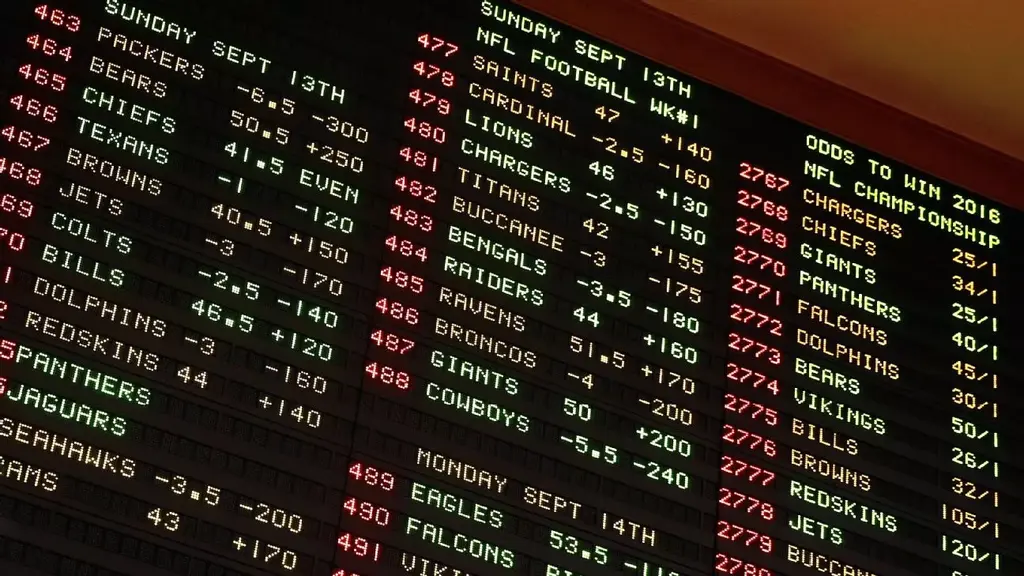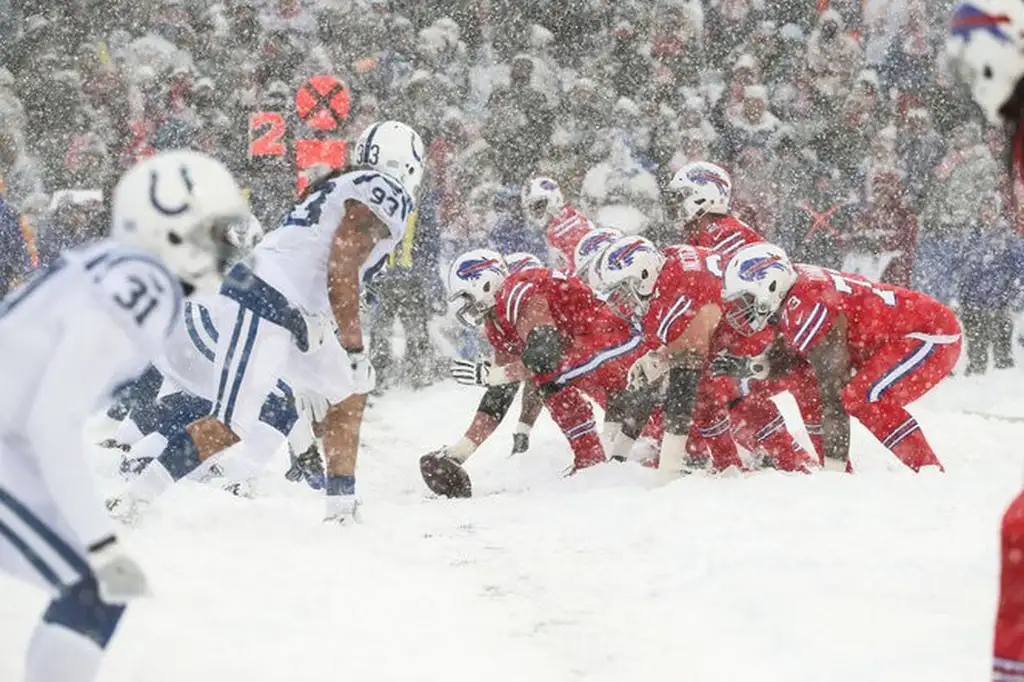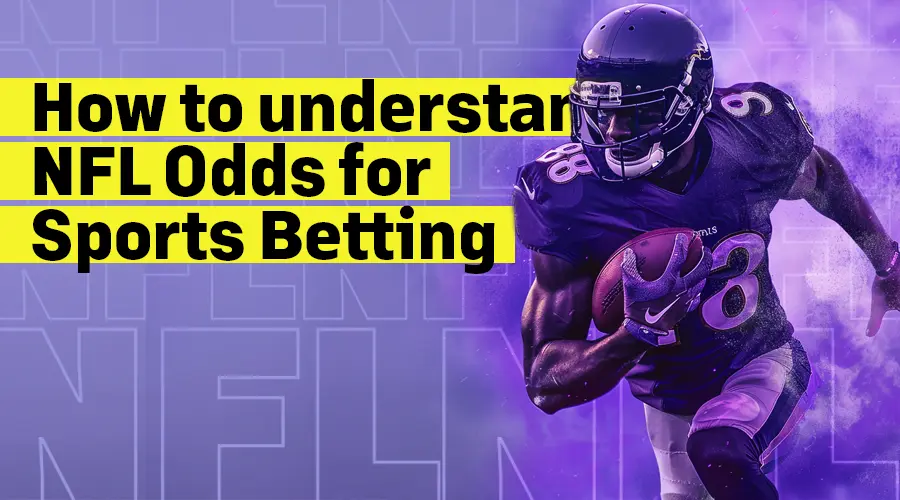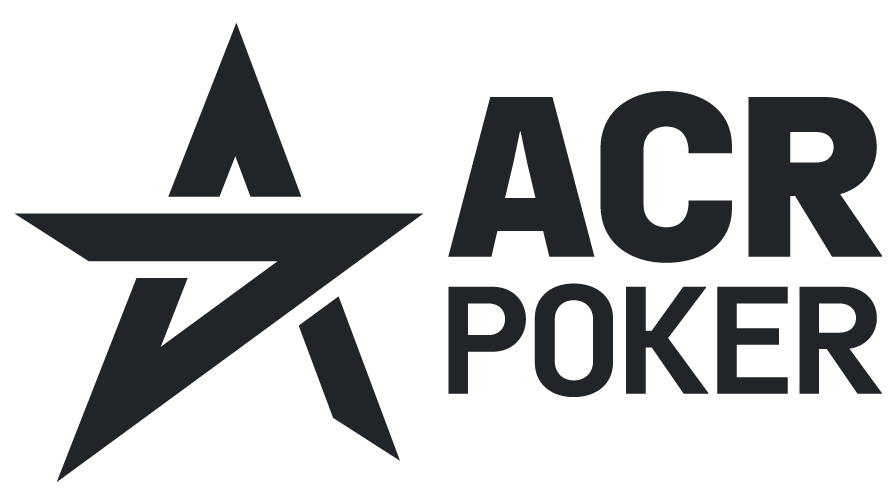Most NFL odds cover things like the point spread, moneyline, or over/under, which are all indicative of likely events within a game. Each signifies a different form of wager and can offer insight into how the game may be played. You can place smarter and more calculated bets if you know how the odds work, as well as how to interpret them.
Types of NFL Odds
In NFL betting, there exist several different types of odds, including point spreads, moneylines, and over/under totals. Each type signifies a different form of wager and can impart a different form of insight into the events that are going to take place during the course of the game.
Point Spread
One of the most popular wagers when betting on the NFL is the point spread. It is meant to even the field between two teams by giving a specific number of points-the so-called spread-in favor of the more favored team, which they must cover for the bet to come through.

Example:
– Kansas City Chiefs -6.5
– Denver Broncos +6.5
For example, the Chiefs are favored to win by 6.5 points. If you bet on them, they must win the game by at least 7 points for your bet to hit. Conversely, if you bet on the Broncos, they must either win the game outright or lose by 6 points or fewer for your bet to hit.
The point spread equalizes the betting activity. In other words, there will be bets both ways on the game. If the spread is met precisely—and it is a whole number—and the team either wins or loses by that exact margin, then the bet is considered to result in a “push,” and your original stake is returned.
Moneyline
A moneyline bet is the simplest type of bet, where a bettor wagers on which team will win the game outright. No consideration is given to the point spread. The odds shift with the probability of one team beating another, and the movement determines the payouts. Moneyline odds are generally set in one of two ways: American odds or decimal odds.

American Odds Example:
– Kansas City Chiefs -200
– Denver Broncos +170
In this example, the Chiefs are the favorites, and the negative number (-200) indicates how much you need to bet to win $100. A bet of $200 on the Chiefs would return a $100 profit if they win. The Broncos, on the other hand, are underdogs, and the positive number (+170) shows how much you would win if you bet $100 on them. A $100 bet on the Broncos would yield a $170 profit if they win.
Moneyline betting is straightforward but can require larger bets to profit from favorites, as the odds reflect the perceived strength of each team.
Over/Under (Total Points)
The over/under, or total points, bet involves wagering on whether the combined score of both teams will be higher or lower than a number set by the oddsmakers.

Example:
– Over/Under 48.5
In this case, you are wagering that both teams will score 49 or more points if you take the “over.” You would be wagering that they will score 48 or fewer points if you take the “under.” The over/under adds another layer to betting on the NFL, as now you can zero in on game flow and the battles between offense and defense without having to worry about which team wins.
Understanding NFL Betting Odds and Payouts
NFL odds are usually presented in American odds format, where positive and negative numbers indicate the payout ratio and the team’s chances of winning.
- Negative Odds: If a team has negative odds (e.g., -200), they are the favorites. The number shows how much you need to bet to win $100. For example, with -200 odds, you must bet $200 to win $100.
- Positive Odds: Positive odds (e.g., +170) indicate an underdog. The number shows how much you can win from a $100 bet. With +170 odds, a $100 bet would win you $170 if the underdog wins.
Example of Payout Calculation
If you bet $100 on a team with odds of -150, the payout formula is:
Profit=100 / 100 * 100=66.67
This means a $100 bet would return $66.67 in profit, plus your original $100 bet, for a total payout of $166.67.
If you bet $100 on a team with odds of +200, the payout is calculated as:
Profit=2.00 * 100=200
This means you would win $200 in profit, plus your original $100 bet, for a total payout of $300.
Conditional Factors Affecting NFL Betting
While understanding basic odds and bet types is paramount, there are several conditional factors that may determine how well a bet may turn out. Knowledge of these will put the bettor at a better advantage.
Team Form and Injuries
One of the most important factors that determines the outcome of any NFL game-and thus the odds-is the form of the team or player availability. A severe injury to a star player, for instance, a quarterback, can bring a radical change to the odds.
Suppose in a certain case, it has been established that the starting quarterback of a particular team cannot play because of some injury, then the point spread starts moving in the direction of the opposite team. The bettor is required to stay updated on injury reports along with other factors such as suspension and loss of key players or coaching changes.

Weather Conditions
NFL games are sometimes played in bad weather conditions, which may highly affect the result. For example, rain, snow, or high winds reduce scores, a factor that might make betting on the under quite attractive. In the same way, teams whose heavy reliance is on passing may fall victims of windy or rainy conditions, thus giving the advantage to teams with strong running games or defenses.

Home-Field Advantage
Another influential factor in establishing the odds for the NFL is home-field advantage. Historically, all teams perform better at home because the players are better adjusted to the field, there are more fans cheering them on, and they do not have to endure the stress of long trips. Oddsmakers certainly consider home-field advantage in their point spreads, but if you have an idea about how particular teams perform on or off their home turf, you could be at an advantage.
Team Trends and Matchups
It’s also useful to look at the trends of the teams and the results of head-on-head matches. For example, some teams might consistently do well – or even poor – against a certain type of defense or a particular offense scheme. Looking at how teams have been doing in similar matchups throughout the season can help predict game outcomes with better accuracy.

Comparing Odds with Probability
Comparing the implied probability of a given set of odds with your own assessment of how the game will come out is a very integral part of betting on the NFL. Connected to that comparison will be determining value in a given bet. If the odds imply a lesser probability than what you yourself are working with, it may be a bet worth taking.
For Negative Odds:
Implied Probability=100 / Odds+100
For example, with -150 odds:
100 / 150+100 = 40%
For Positive Odds*:
Implied Probability=100 / Odds+100
For example, with +150 odds:
150 / 150+100 = 60%
By comparing the implied probability to your own analysis, you can determine whether a bet offers value. If the odds suggest a lower probability than you believe, the bet may be worth taking.
As a conclusion
Understanding how NFL odds work is necessary for anyone who wants to be a successful sports bettor. Theoretically, whether you are betting on point spreads, moneylines, or the over/under, knowing how to read the odds and other influences, like team form, injuries, and weather conditions, will give you better insight into making your bets. Analyzing this information and comparing implied probabilities with your assessment will help you make profitable bets on NFL games.



